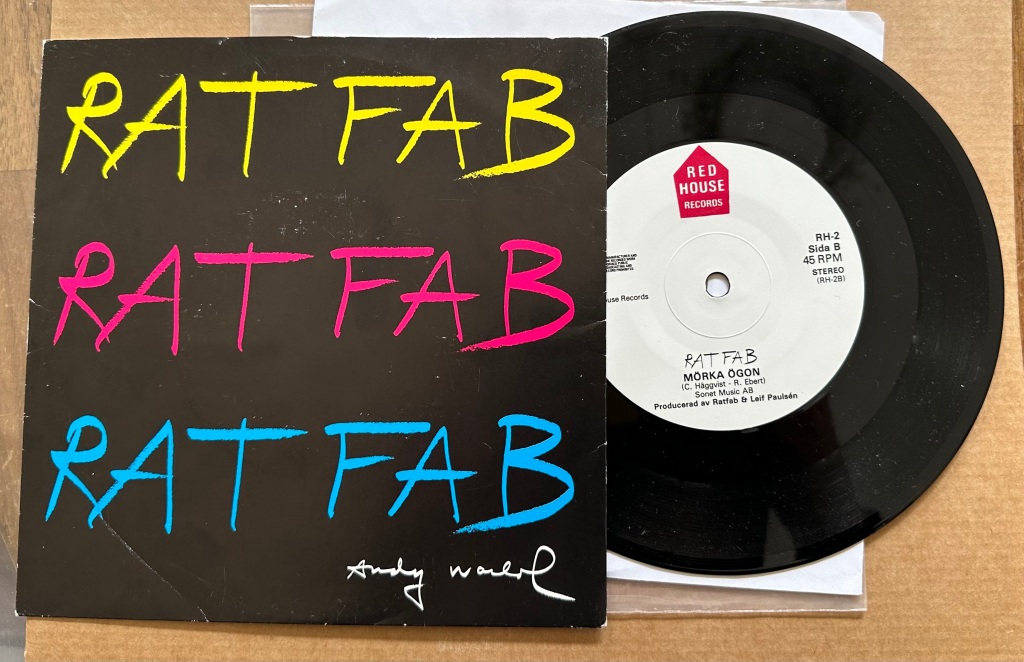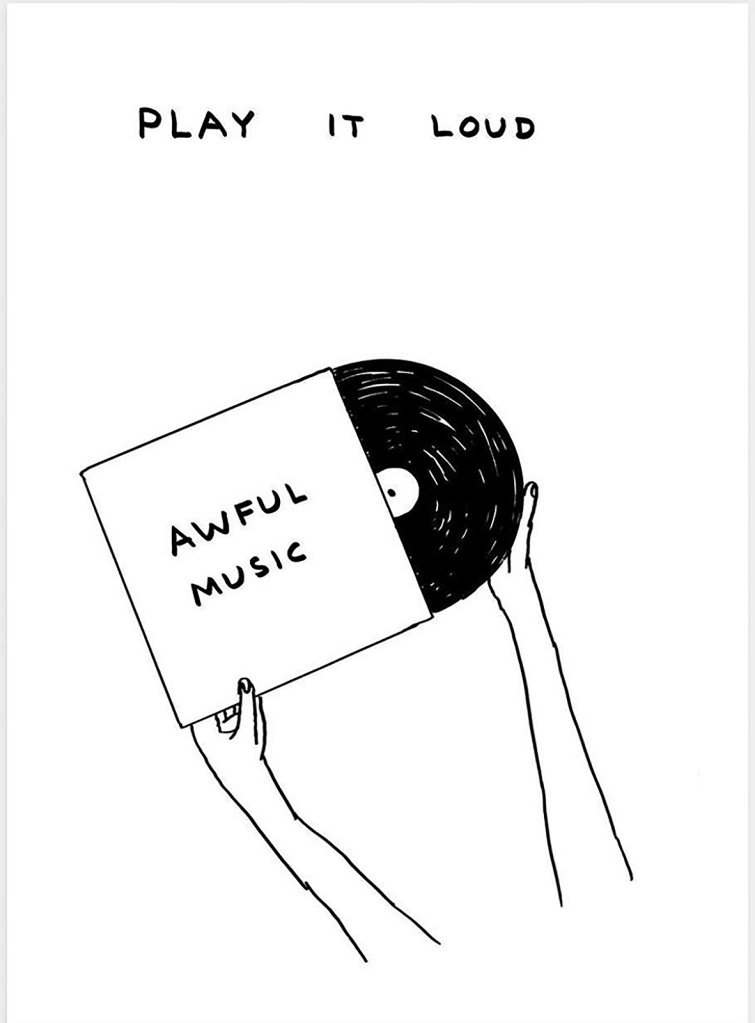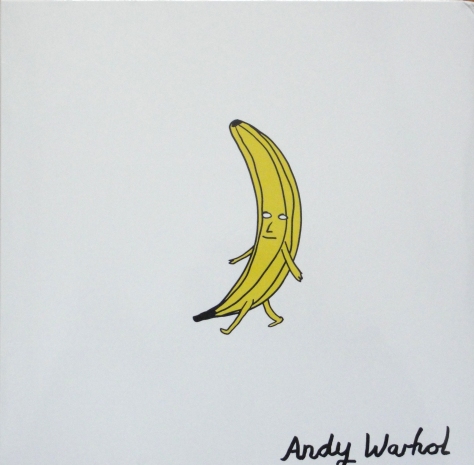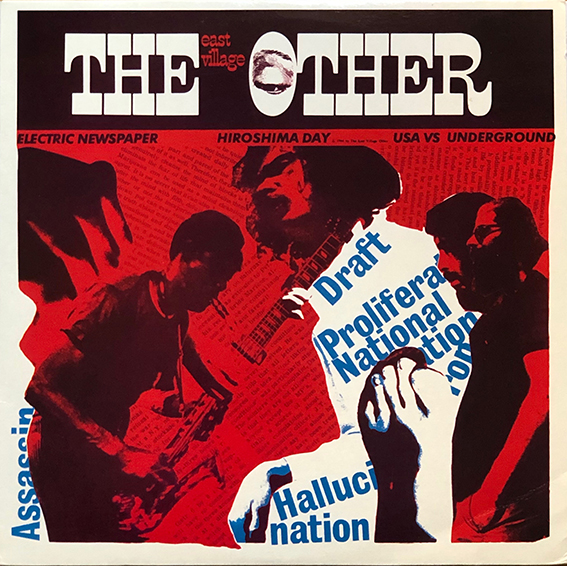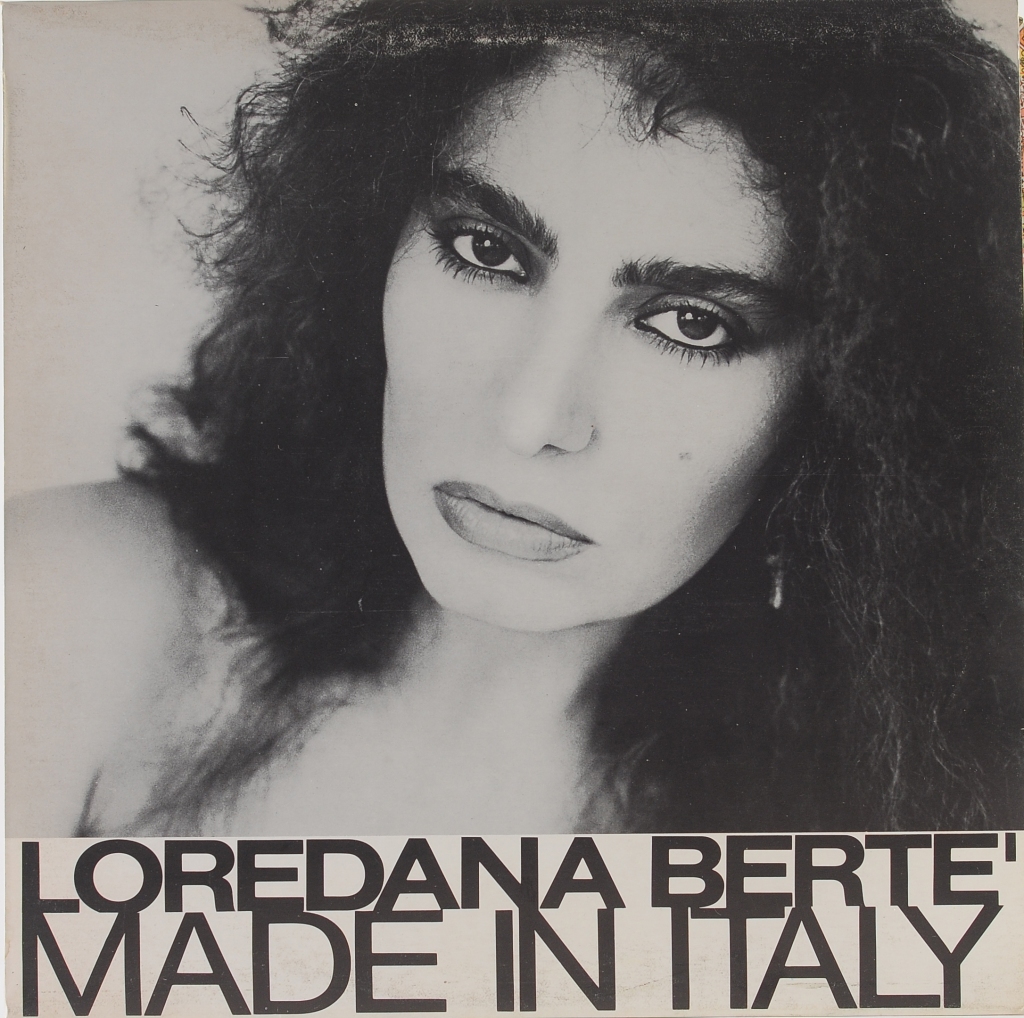I bought a record the other day. But it wasn’t for me. My Internet friend Ruggiero needed a copy of RATFAB’s single Det brinner en eld / Mörka ögon to complete his collection of Andy Warhol record covers, and I found him one.
Otherwise I haven’t bought a record for over a month — that must be some sort of record for me! Strangely, I don’t feel the urge to buy any more records. I am beginning to realise that I have an impressive collevtion of record cover art — okay, there are a couple (or three) gaps that I could try to fill, but those gaps are so exceeding rare and filling them would be extremely expensive if I ever found any of them. Actually having these rarities might give me a moment of two’s joy, but then my collections would be COMPLETE, and where’s the joy in that? So — I’m thinking of stopping the search.
However, a new though occurred to me: what happens if one of the artists whose record covers I collect produces a new one? Should I go for that? Andy Warhol isn’t going to produce any new covers (though hi art may very well appear on a new cover somewhere.) I’m somewhat doubtful as to whether Sir Peter Blake will produce any either. I have heard that Damien Hirst has at least one cover in the pipeline, as has Richar Prince (another artist I like). Klaus Voormann is still active despite soon being 85 years-old and could well come up with another cover or two. David Shrigley is very much active and still interested in music and, in particular, records. Viz. one of his latest posters Awful Music.
Record covers that parody famous covers always interest me. I have some Sgt. Pepper parodies and a number of Velvet Underground “Banana” cover parodies. one by the aforementioned D. Shrig: his cover for Castle Face Record’s The Velvet Underground & Nico and another of his for Stephen Malkmus & Friends’ rerecording of Can’s Ege Bamyasi.
I have always liked Kraftwerk — I’ve seen them live three times — and even have a pullover with the Die Mensche Maschine cover image. I painted a version of that cover not too long ago.
And I recently discovered that the Ebony Steel Band’s cover had recorded a cover version of the album:
Well, I very nearly pressed the Buy it Now button for this one but I realised that I didn’s actually own Kraftwerk’s original, so there was little point in buying this reverential recreation of that famous cover.
So, I don’t think I’ll be buying any new records for the foreseeable future. Unless…
